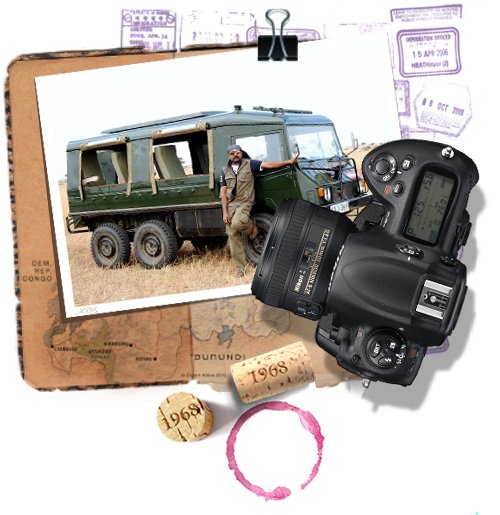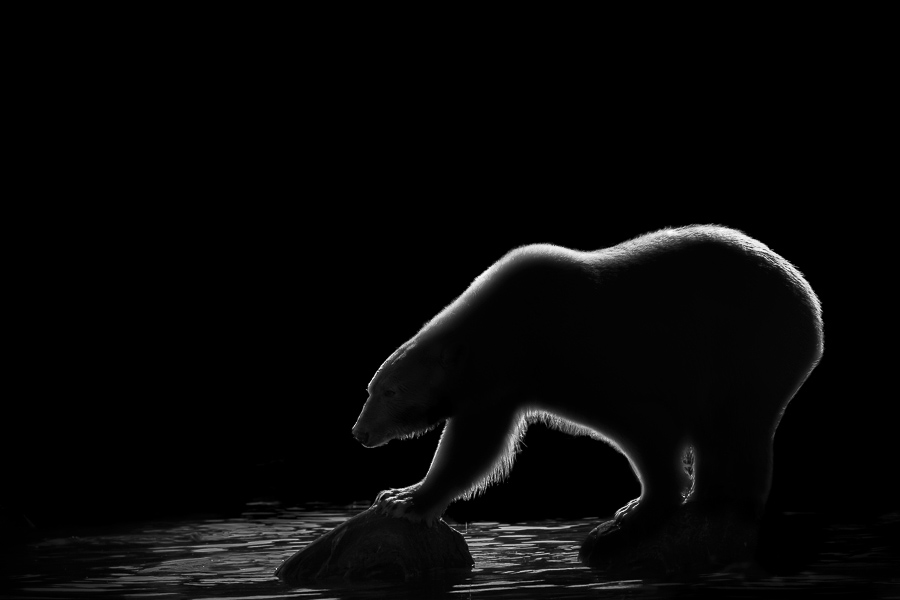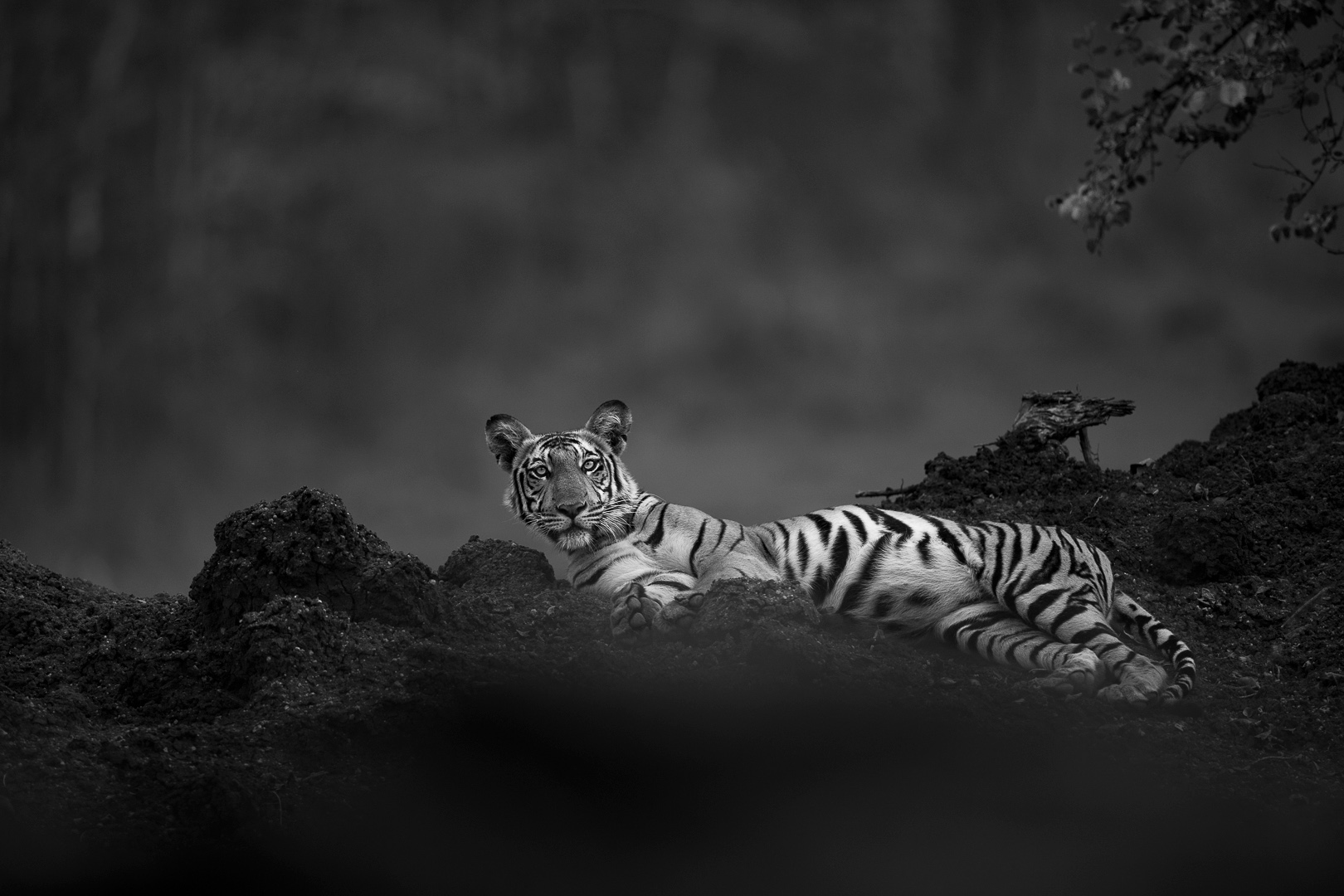


More than the location or the subject in wildlife/nature the key is patience. Once you spot any subject in nature, which can be an insect, bird or animal, they are not going to take your instructions, they will behave in their own way. It is you who needs to check your camera settings, lighting condition and your position. The more you wait, there is higher possibility of getting more action/cooperation from the subject, once they feel that you are not going to harm them, to an extend they ignore your presence.
An image which display direct eye contact create an instant connection in the viewer. Eye is a window to convey emotions and the soul of a picture. Getting an eye contact is not that easy in wildlife. There are a number of facts the photographer need to take care of. Mainly the basic knowledge of the subjects behavior and the photographer should also behave properly without creating any kind of discomfort to the subject. Try to shoot in even lighting condition to avoid harsh shadows on face. Be in the same level of the subject. Ready to bend, stretch or even lie down on ground, but every movement should be slow and smooth with out making any kind of distraction to the subject.
To avoid any kind of vibration and camera shake while shooting with long lenses use faster shutter speed. If you are shooting handheld its better to use 1/2000 + to be on the safer side. Its better to use tripod or beanbag while using heavy lenses. When you use a tripod or beanbag you keep your arm across the barrel of the lens, this helps to reduce the vibration and the end result will be better quality pictures :)
Never ever cause any trouble to any creature while doing photography, no matter what, its not worth. Breeding sites should be handled with extreme care, share the location details with people only if you are sure that they will not be a threat for a new life.
Safety should be your first priority, whether its your own safety or the subject's safety or the safety of the wonderful beings around you. Try to study the location before you go for a shoot. when you are onsite, carefully observe your surroundings. Its good if you can avoid stepping on an emerging plant. Even the smallest being have the right to live their life in this earth, its our duty to protect our-self and the nature.


